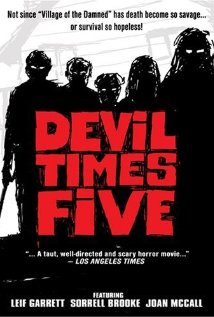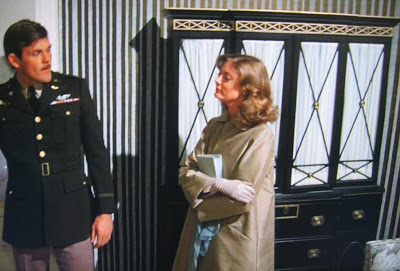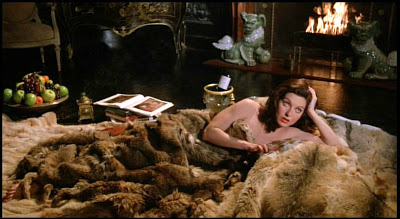Welcome to Retro Television Reviews, a feature where we review some of our favorite and least favorite shows of the past! On Wednesdays, I will be reviewing the original Love Boat, which aired on ABC from 1977 to 1986! The series can be streamed on Paramount Plus!
This week, it’s a special two-hour episode of The Love Boat!
Episodes 4.5 and 4.6 “The Mallory Quest/Julie, The Vamp/The Offer”
(Dir by Richard Kinon, originally aired on November 15th, 1980)
This week, The Love Boat heads off on a two-week cruise that will take the ship, its crew, and its passengers through the Panama Canal. There will also be stops at all the various islands on the way. This is important because this is one of the episodes that was actually filmed on location. Instead of the usual sets, we get to watch the action play out on an actual cruise ship.
Unfortunately, the actual cruise ship is kind of …. well, tacky. Seriously, it’s hard not to notice that the hallways and the front lobby all look considerably more cramped and weathered than they have in other episodes of The Love Boat. It’s also hard not to notice that the extras (who were apparently actual passengers) are all considerably older than the usual Love Boat background actors.
In fact, with the ship in such disrepair, it is any shocked that Captain Stubing is thinking of leaving? When his old friend, Charlie (Dick Van Patten), boards the ship, he brings him a job offer. If Stubing accepts the offer, he’ll be living in New York, he’ll be making three times the money, and Vicki will get to have a normal life. Stubing loves the sea but he also wants Vicki to have a good future. Vicki — in a scene that was well-acted by both Jill Whelan and Gavin MacLeod — tells him not to worry about her and that he needs to do what makes him happy. And so, the Captain stays with the boat and I presume Vicki will continue to be taught by the tutor that we occasionally hear about but never actually see.
Meanwhile, Julie McCoy has been accused of being a vamp! Maude Victor (Lani O’Grady) is convinced that Julie is trying to steal her fiancé, Roger (Bart Braverman). Eventually, Roger himself become confused and Julie pretends to be interested in Roger just to get Roger and Maude back together again. This was a dumb story and I don’t want to waste any more time on it.
Indeed, for all the Stubing drama and Julie silliness, this two-hour episode was dominated by one story. Arrogant novelist Brian Mallory (Pernell Roberts) boards the boat with his long-suffering wife, Janet (Gayle Hunnicutt). Brian has secretly bought tickets for three other passengers. Peter (Skip Stephenson) is an insurance agent who is due to donate a kidney to his brother. Marvin (Jimmie Walker) owns a bookstore. Marcia Rand (Connie Stevens) brings along her fitness-obsessed boyfriend, Dave Porter (Peter Lupus). Mallory reveals that Peter, Marvin, Marcia, and Gopher were the last four people to see his nephew, Tom. Mallory has never met his nephew but he wants to track him down and apparently, Tom is living on one of the islands that the cruise is scheduled to visit. Brian wants the four of them to help him look for Tom and he offers a $10,000 reward to make things interesting. Why does Brian want to find his nephew? Eventually, it is revealed that Tom is in possession of a family heirloom that Brian feels is rightfully his. Sinister Lucius Kergo (Sorrell Brooke) is also on the cruise and he is determined to get the heirloom for himself.
Janet grows so tired of Brian’s arrogance and his obsession with finding his nephew that she declares that she’s leaving him. Since the cruise is booked up, she ends up staying with Doc Bricker. Doc falls for Janet but he realizes that she truly loves Brian and, when Brian starts to show some humility and some remorse for the way that he’s treated her, Doc encourages her to go back to him …. which she does because this is The Love Boat, not The Divorce Boat.
Anyway, Tom Mallory is eventually tracked down to a monastery in Puerto Rico. Tom gives Brian the heirloom but the newly kind Brian gives it back to him so that he can sell it and use the money to build a free clinic. Good for Brian!
Disheveled cruise ship aside and ignoring that terrible Julie plot, this was a fun episode. The island scenery was gorgeous and the mystery of Tom’s location actually turned out to be a lot more intriguing than I was expecting it would. Watching this episode made me want to take a cruise, even if it is a tacky one.










